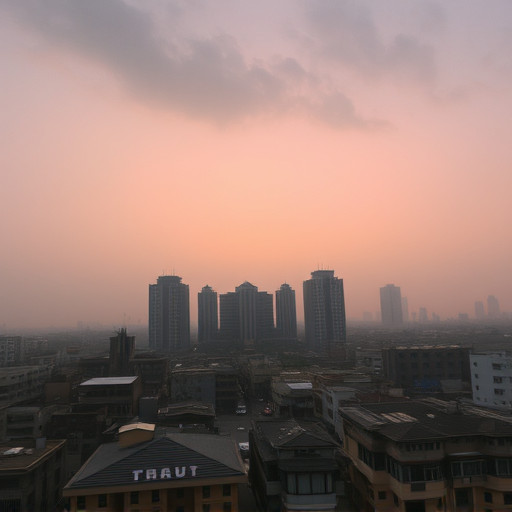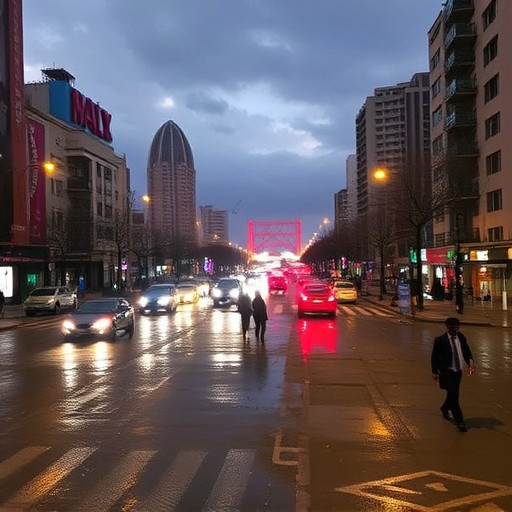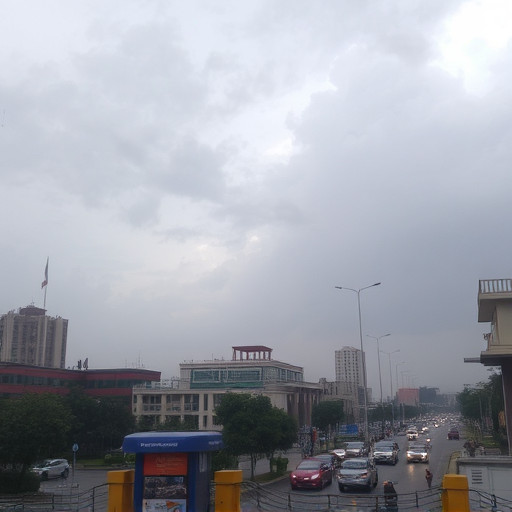
2024 marked an important advancement in Karachi’s weather monitoring with the introduction of advanced real-time rainfall data systems. These systems, combining ground-based weather stations and satellite technology, have greatly improved the city’s understanding and prediction of precipitation patterns, particularly during the monsoon season. The new data has underscored the vulnerability of certain districts to intense and frequent rainfall, which can lead to localized flooding and necessitate immediate action in urban planning and disaster management. Authorities are utilizing this precise information to enhance drainage infrastructure and develop strategies to protect citizens from extreme weather. Meanwhile, residents are actively participating in community preparedness efforts, evacuating high-risk zones, and collaborating with officials to improve the city’s flood resilience. The administration is also coordinating with departments to address issues like clogged drains, investing in physical defenses, and running public awareness campaigns to educate citizens on individual practices for flood resilience. These concerted efforts aim to strengthen Karachi’s capacity to manage the impacts of heavy rainfall and flooding.
As the monsoon season intensifies over Karachi, residents brace for the annual test of resilience against the relentless downpours. Our article delves into the city’s rainfall patterns through real-time data, offering a window into the dynamic and sometimes unpredictable weather. We explore the direct impact of heavy rains on traffic and commuting, revealing a snapshot of urban life under the challenge of severe weather. Moreover, we examine how communities in Karachi are crafting and implementing preparedness strategies to cope with flooding, highlighting key insights that could serve as models for urban adaptation to rain-induced disruptions. Join us as we provide live updates and critical analysis on this year’s rainfall season in Karachi, ensuring you stay informed on the latest developments.
- Real-Time Rainfall Data and Patterns in Karachi
- Impact of Heavy Rains on Traffic and Commuting
- Community Response and Preparedness Strategies for Flooding
Real-Time Rainfall Data and Patterns in Karachi

2024 has seen a significant increase in the availability and accuracy of real-time rainfall data for Karachi, Pakistan’s largest city. This data is collected from a network of weather stations and satellites, providing a granular and up-to-date picture of precipitation patterns across various neighborhoods. The insights gleaned from this live tracking reveal that historically, the monsoon season brings the majority of Karachi’s annual rainfall. However, the timing and intensity of these rains can vary significantly from year to year. This variability underscores the importance of monitoring systems for urban planning, disaster management, and community preparedness. For instance, the data has shown that certain areas within the city experience more frequent and heavier downpours than others, which can lead to localized flooding. By analyzing these real-time patterns, authorities can better allocate resources, improve drainage systems, and implement measures to mitigate the impacts of extreme weather events on the city’s inhabitants and infrastructure.
Impact of Heavy Rains on Traffic and Commuting

Heavier-than-usual rains in Karachi have significantly disrupted traffic flow and commuting, revealing the vulnerabilities of the city’s infrastructure. The city’s drainage system, often under strain due to rapid urbanization, struggles to manage the volume of rainwater leading to waterlogging on major roads and low-lying areas. This not only causes delays but also poses safety risks as vehicles navigate through pools of standing water. The congested nature of Karachi’s streets exacerbates the situation, with traffic coming to a standstill in several parts of the city. Public transportation is equally affected, with buses and minivans either diverting routes or suspended altogether if conditions become too hazardous. The impact extends beyond immediate travel inconveniences; it affects commerce, healthcare access, and daily life as residents grapple with extended commutes and the challenge of reaching critical services amidst such adverse weather conditions. Traffic management authorities are working to improve the situation by clearing drainage channels and deploying pumps to alleviate water accumulation. However, the effectiveness of these measures underscores the need for a more robust infrastructure to enhance resilience against heavy rains and ensure the smooth movement of traffic in Karachi.
Community Response and Preparedness Strategies for Flooding

In the aftermath of heavy rainfall in Karachi, the community’s response and preparedness strategies play a pivotal role in mitigating the impact of flooding. Residents have demonstrated resilience through various means, including swift evacuation from high-risk areas and proactive engagement with local authorities to reinforce drainage systems. Neighborhood committees have been instrumental in coordinating relief efforts, providing timely support to those affected. These committees also facilitate the sharing of critical information through social media platforms and community WhatsApp groups, enhancing awareness and enabling residents to take necessary precautions.
Preparedness strategies for flooding in Karachi have evolved over time, with a focus on long-term solutions such as drainage maintenance, infrastructure upgrades, and the development of early warning systems. The city’s administration has been working on comprehensive plans that involve the collaboration of multiple departments to address drain blockages and overflows. Additionally, investments in flood defense structures like retaining walls and barriers have been prioritized. These measures are complemented by public education campaigns that encourage residents to adopt flood-resilient practices in their daily lives, including securing personal belongings and establishing evacuation routes. Through these community-led and governmental initiatives, Karachi aims to enhance its capacity to respond to the challenges posed by heavy rainfall and flooding events.
Residents of Karachi experienced a significant weather event, as evidenced by the real-time rainfall data and patterns recorded during the recent downpours. The heavy rains significantly disrupted traffic flow and commuting across the city, highlighting the vulnerability of urban infrastructure to extreme weather conditions. Communities adapted by implementing preparedness strategies to mitigate flooding impacts, showcasing a resilient response in the face of challenges. These insights underscore the importance of sustainable urban planning and community engagement for effective management of such events in the future.


